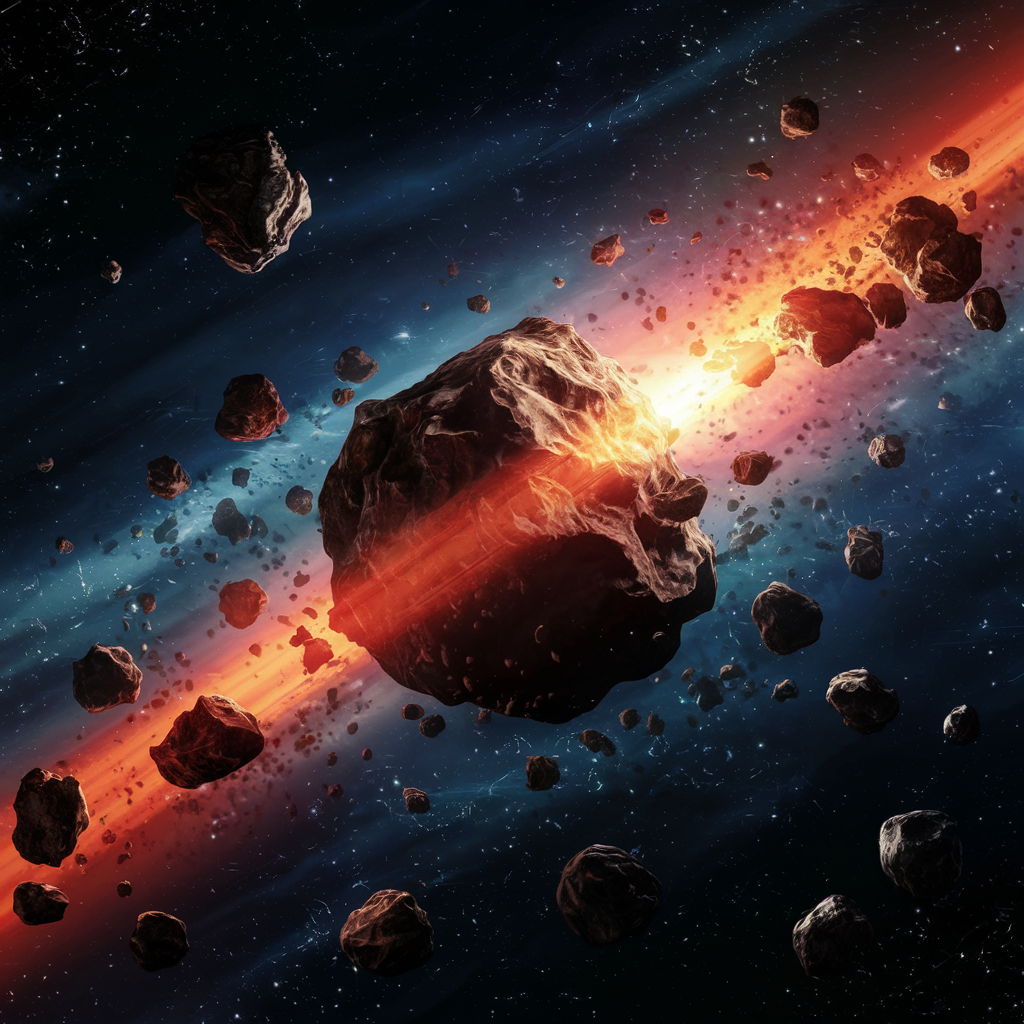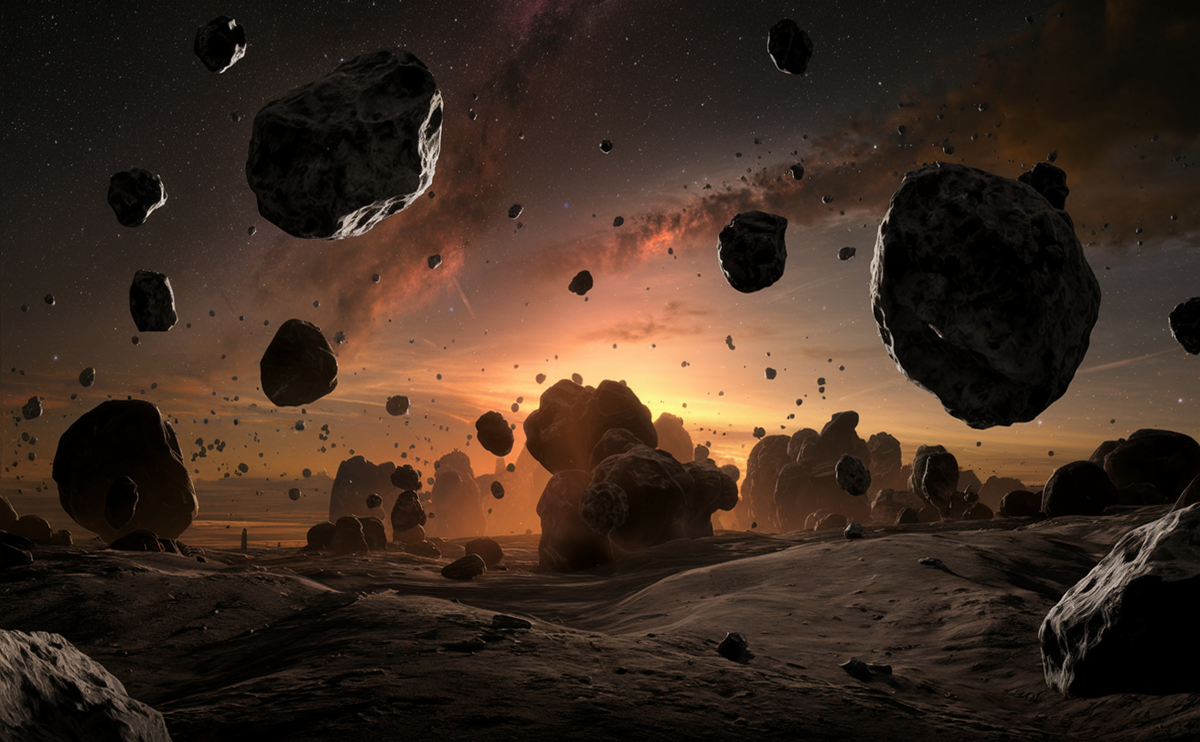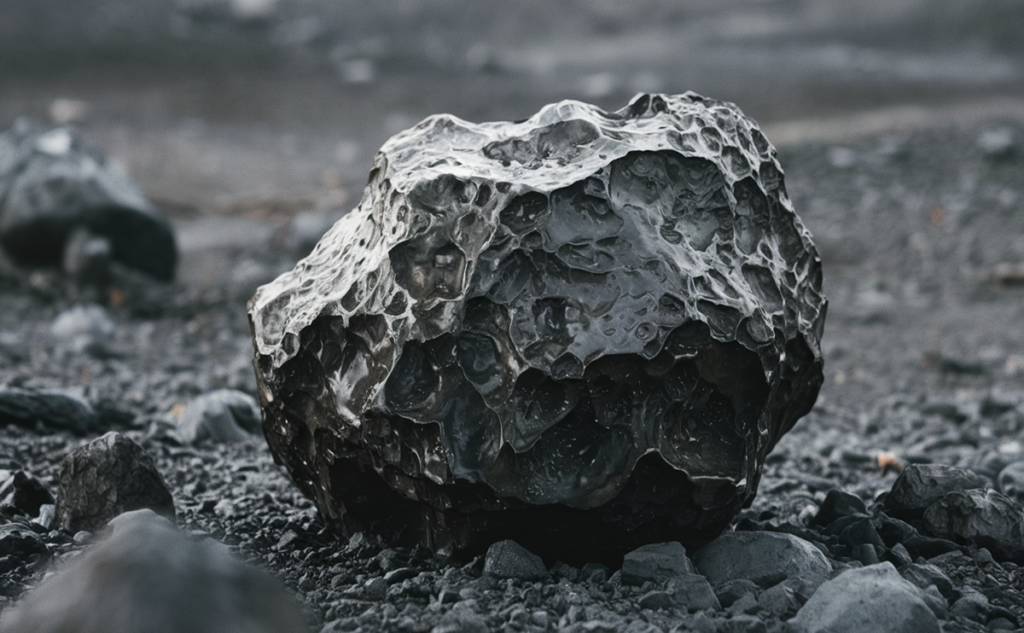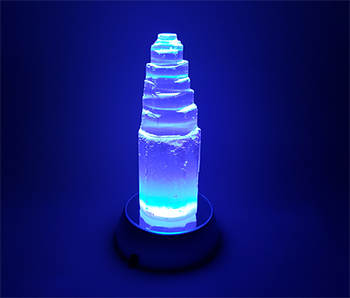In a previous blog post, we delved into the fascinating world of meteorites, the cosmic visitors that land on Earth, offering a glimpse into the early history of our solar system. But where do meteorites come from? To understand their origins, we need to look beyond Earth’s atmosphere and into the depths of space, where their parent bodies asteroids reside.
Table of Contents
Introduction
What Are Asteroids?
The Connection Between Asteroids and Meteorites
How Asteroids Reach Earth
Famous Asteroid Impacts
Studying Asteroids to Understand Meteorites
Why This Matters for Collectors and Enthusiasts
FAQ: Asteroid Impacts
Introduction
Asteroids are rocky remnants of the early solar system that often give birth to meteorites, the fascinating space rocks that land on Earth. In this article, we dive into the relationship between asteroids and meteorites, revealing how asteroid collisions send fragments to Earth, and the incredible scientific insights they offer. From the asteroid impact that wiped out the dinosaurs to the discovery of precious metals in space, learn how these cosmic bodies shape our understanding of the universe and Earth’s history.
What Are Asteroids?
Asteroids are rocky bodies that orbit the Sun, primarily located in the Asteroid Belt between Mars and Jupiter. These remnants from the early solar system are essentially building blocks that never coalesced into a planet. While many asteroids are relatively small, others can span hundreds of kilometers in diameter.
Unlike planets, asteroids don’t have atmospheres, and their surfaces bear the scars of impacts, collisions, and the harsh conditions of space. Some are rich in metals like iron and nickel, while others contain silicates, carbon, or even traces of water ice.
The Connection Between Asteroids and Meteorites
Most meteorites that reach Earth come from asteroids. When an asteroid collides with another object in space, it can break apart into smaller pieces, called meteoroids. If one of these meteoroids enters Earth’s atmosphere and survives the fiery descent to the surface, it becomes a meteorite.
There are different types of meteorites, and they correspond to different types of asteroids:
- Stony meteorites, the most common type, come from silicate-rich asteroids.
- Iron meteorites originate from metallic asteroids, often believed to be the cores of larger, once-molten asteroids that experienced significant differentiation.
- Stony-iron meteorites, a rarer form, come from the boundary between an asteroid’s core and its silicate-rich crust.
Each of these meteorites offers unique insights into the composition and history of their parent asteroids, helping scientists piece together the puzzle of solar system formation.
How Asteroids Reach Earth
Although asteroids mostly orbit peacefully in the Asteroid Belt, occasionally, gravitational interactions with planets (especially Jupiter) can send them tumbling out of their stable orbits. Some may head towards Earth, either directly or after breaking into smaller meteoroids.
When a meteoroid is large enough to survive its journey through our atmosphere, it impacts the surface and becomes a meteorite. Many of the meteorites found on Earth were once part of the Asteroid Belt, representing fragments of ancient worlds that never fully formed.

Famous Asteroid Impacts
While most meteorites are small and relatively harmless, larger asteroids can cause significant damage when they impact Earth. One of the most famous examples is the Chicxulub impact that occurred around 66 million years ago. The asteroid, estimated to be about 10-15 kilometers in diameter, struck what is now the Yucatán Peninsula in Mexico. The impact released energy equivalent to billions of atomic bombs, contributing to the mass extinction event that wiped out the dinosaurs.
This historical event serves as a reminder of the potential hazards asteroids pose, even as smaller fragments continue to deliver meteorites that are cherished by scientists and collectors alike.
Studying Asteroids to Understand Meteorites
Today, space agencies like NASA and ESA (European Space Agency) have launched missions to asteroids to better understand their composition and behavior. For example, NASA’s OSIRIS-REx mission returned samples from the asteroid Bennu, offering scientists a rare opportunity to analyze pristine asteroid material in the lab. Such missions help us learn more about the kinds of materials asteroids are made of, improving our understanding of the meteorites we find on Earth.
Why This Matters for Collectors and Enthusiasts
For meteorite collectors, knowing the origins of meteorites adds depth to their significance. A meteorite isn’t just a rock from space; it’s a fragment of an asteroid, a time capsule from the earliest days of the solar system. By studying meteorites, we can unlock secrets about planetary formation, the evolution of our solar system, and even the building blocks of life itself.
If you’re passionate about meteorites, adding a deeper understanding of asteroids to your knowledge base can enhance your appreciation for these cosmic visitors. And who knows maybe the next meteorite in your collection was once a part of a distant asteroid, waiting eons for its journey to Earth.
FAQ: Asteroid Impacts
1. Where did the asteroid that killed the dinosaurs land?
The asteroid that caused the mass extinction event, leading to the demise of the dinosaurs, struck what is now the Yucatán Peninsula in Mexico. This impact formed the Chicxulub crater, a massive structure over 180 kilometers (112 miles) in diameter, and played a crucial role in altering Earth’s climate and ecosystems.
2. How big was the asteroid that killed the dinosaurs?
The asteroid responsible for the extinction of the dinosaurs was estimated to be around 10 to 15 kilometers (6 to 9 miles) in diameter. Despite its relatively small size compared to Earth, the impact had a global effect, releasing enormous amounts of energy, causing wildfires, tsunamis, and triggering a “nuclear winter” scenario that significantly altered the planet’s climate.
3. What would happen if a gold asteroid hit Earth?
If a gold-rich asteroid were to strike Earth, the outcome would depend on its size and speed. A small gold asteroid may disintegrate in the atmosphere or create a minor impact, leaving valuable metallic fragments. However, if a larger gold asteroid hit Earth, it could cause widespread destruction similar to other large asteroid impacts, but it would also release a significant amount of gold and other metals into the environment. Economically, this could flood the market with precious metals, potentially crashing their value. Scientifically, it would provide an unprecedented opportunity to study an asteroid rich in metals.
Conclusion
Asteroids play a crucial role in the story of meteorites, acting as the source of many fragments that find their way to Earth. By exploring the connection between these celestial bodies, we gain not only scientific insights but also a greater appreciation for the cosmic forces at play in our solar system. Whether you’re a collector, an enthusiast, or simply fascinated by space, understanding asteroids helps us piece together the puzzle of the universe.



